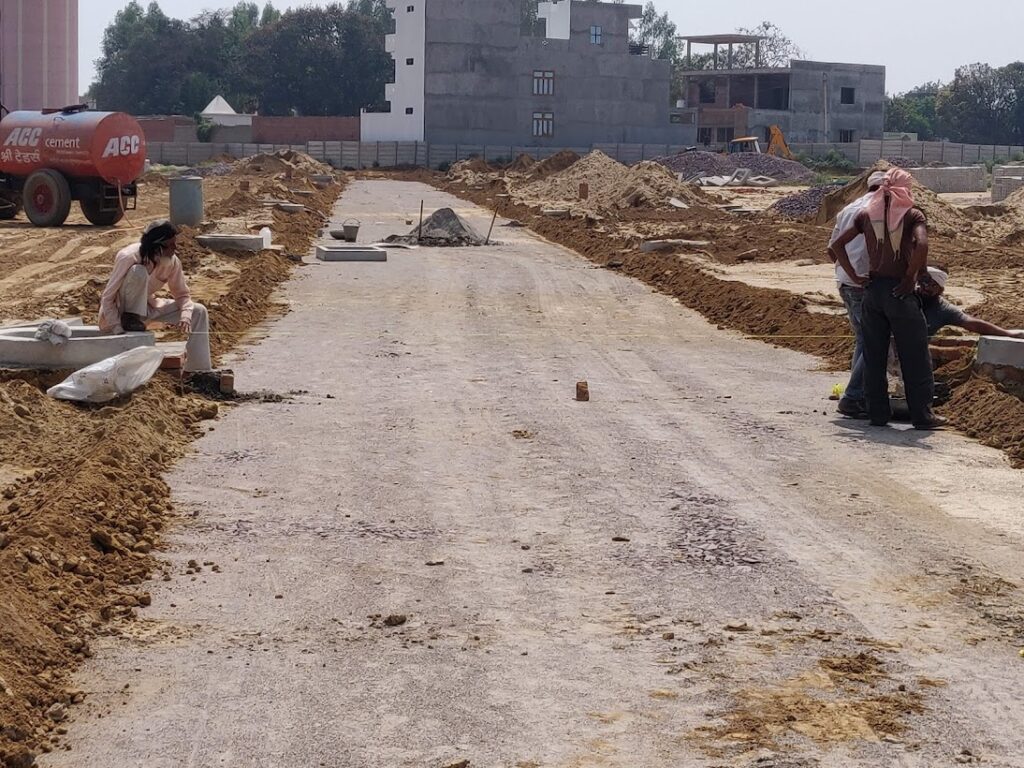WMM full form in road construction
WMM stands for Wet Mix Macadam in road construction.
WMM stands for Wet Mix Macadam, which is a type of road construction technique used to create a strong and durable base for flexible pavement. In WMM, aggregates (usually crushed stones) and water are mixed together in a plant, and the mixture is laid on the roadbed with the help of a motor grader.

Wet Mix Macadam key features in road construction:
Material: The aggregates used in WMM are generally crushed stones with a maximum size of 20mm. The aggregates are mixed with water and a binding material (such as lime, cement, or bitumen emulsion) to create the WMM mix.
Layer thickness: The thickness of the WMM layer can vary from 75mm to 100mm, depending on the design requirements and the strength of the underlying soil.
Laying process: The WMM mix is laid on the prepared roadbed using a motor grader. The mix is then compacted using a roller to achieve the required density and strength.
Advantages: WMM provides a strong and durable base for flexible pavement, and it is also relatively easy to construct. It is less expensive than other types of base layers and can be laid quickly.
Disadvantages: WMM requires careful mixing and compaction to achieve the required strength and density. It also requires a good drainage system to prevent waterlogging, which can weaken the base layer.
In summary, WMM is an effective road construction technique used to create a strong and durable base for flexible pavement. It is cost-effective and relatively easy to construct, but requires careful mixing and compaction to achieve the required strength and density.
Price variation in Civil works contracts
Wet Mix Macadam Quality Control
Wet Mix Macadam (WMM) is a road construction technique used to create a strong and durable base for flexible pavement. Quality control plays an important role in ensuring that the WMM mix is designed and constructed to meet the required specifications and standards. Here are some key aspects of WMM quality control:
Material selection: The aggregates used in the WMM mix should be of good quality and meet the specified requirements. The size, shape, and gradation of the aggregates should be carefully selected to ensure optimal strength and durability.
Mix design: The WMM mix should be designed to meet the required specifications, including the proportions of aggregates, water, and binding material. The mix design should be tested and approved before construction begins.
Mixing process: The mixing process should be carefully controlled to ensure that the aggregates are uniformly coated with the binding material and the water is evenly distributed. The mixing time and speed should be optimized to achieve the desired homogeneity.
Compaction: The WMM mix should be compacted to the required density and strength using a roller. The compaction process should be closely monitored to ensure that the required density is achieved uniformly across the entire surface.
Quality testing: The WMM mix should be tested at various stages of construction to ensure that it meets the required specifications. Some common tests include sieve analysis, moisture content, density, and strength tests.
In summary, WMM quality control involves careful selection of materials, design of the mix, control of the mixing and compaction process, and testing at various stages of construction to ensure that the WMM mix meets the required specifications and standards.
Leave a Reply